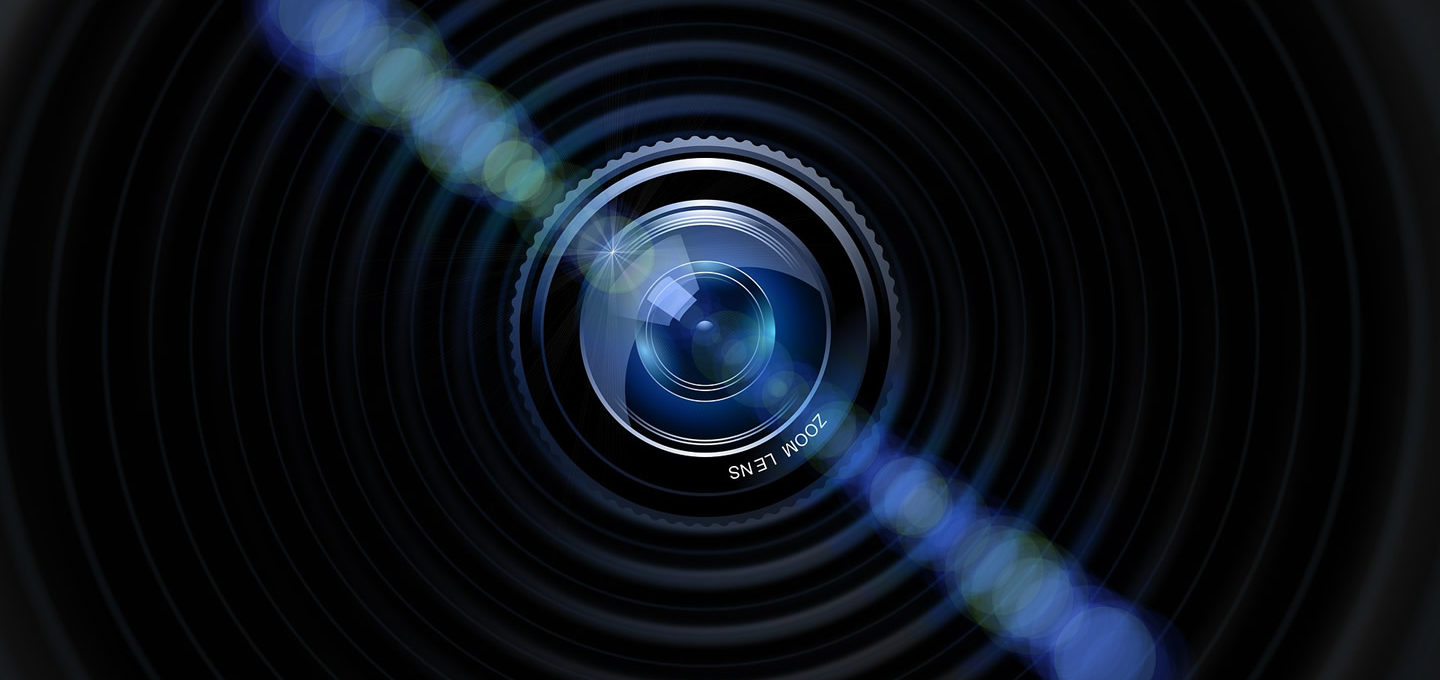Cameras have become ubiquitous. They are in our mobile phones, on our city streets, in our sunglasses, and attached to the vests of our police officers, and just about everywhere else. The effect of these lenses into our private and public lives has been well-documented with cities such as London putting its citizens under the microscope nearly 24/7, but when used correctly they can and do offer dramatic improvements to our lives.
Cameras on our streets have a significant impact in reducing auto-related crimes on our streets, but law enforcement use a variety of different cameras for different tasks. The vest cameras warn by officers help both the public and police by reducing reports of misconduct and the use of force – as officers know their actions are recorded, but at the same time the public know they cannot lie about their arrest.
Law enforcement will also use remote visual inspection cameras so they can probe difficult to see places such as beneath lorries or into a ship from below with a 360 degree review of the area – making it far more likely officers will be able to spot the explosives, drugs, or other contraband and get it off the streets.
Meanwhile, in an industrial setting such as in a power station or oil and gas plant, a waterproofed pan tilt inspection camera is designed to be used in harsh environments. This allows scientists, engineers, and inspectors to make sure everything is in order and working correctly in these critically important pieces of infrastructure – without the need to put a person’s safety at risk.
Whilst tech companies like Google and Snap keep trying to make the public want to have cameras in their glasses without thinking of the privacy implications, real and practical applications for modern high resolution cameras are all around us for good reason – they keep us safe. We just need to be vigilant that we stay on the right side of 1984.
Photograph by Geralt

